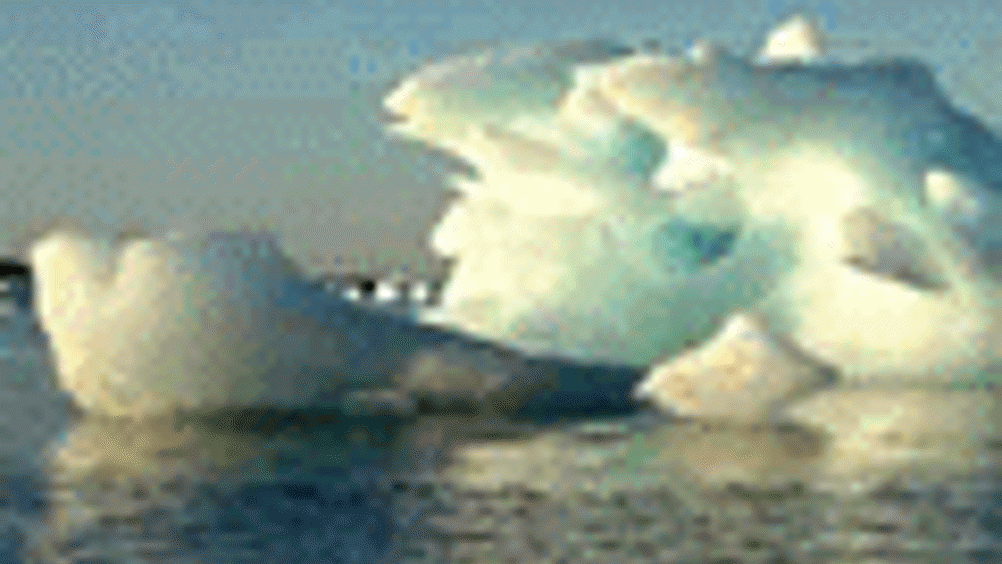Robo-sub surveys glacier

Autosub, a robot submarine developed by Southampton’s National Oceanography Centre, has successfully completed six mapping missions under the Pine Island Glacier in the Antarctic.
The robot submarine is being used to understand the changes occurring to the Antarctic glacier, which has been thinning and accelerating since the 1970s. It is thought that together with surrounding glaciers, Pine Island is contributing around 0.25mm a year to global sea-level rise.
Steve McPhail, who led the Autosub team during the 10-day survey, said: ‘Autosub is a completely autonomous robot; there are no connecting wires with the ship and no pilot. Autosub has to avoid collisions with the jagged ice overhead and the unknown seabed below, and return to a pre-defined rendezvous point, where we crane it back onboard the ship.
‘Adding to the problems are the sub-zero temperatures and the crushing pressures at 1,000m depth. All systems on the vehicle must work perfectly while under the ice or it would be lost. There is no hope of rescue 60km in, with 500m of ice overhead.’
Register now to continue reading
Thanks for visiting The Engineer. You’ve now reached your monthly limit of news stories. Register for free to unlock unlimited access to all of our news coverage, as well as premium content including opinion, in-depth features and special reports.
Benefits of registering
-
In-depth insights and coverage of key emerging trends
-
Unrestricted access to special reports throughout the year
-
Daily technology news delivered straight to your inbox










BEAS funding available to help businesses cut energy costs
And not a moment too soon, if the following exchange broadcast last Friday 13th June, on the Radio 4 ´Rare Earth´ program (link below, ~ 17 minutes...